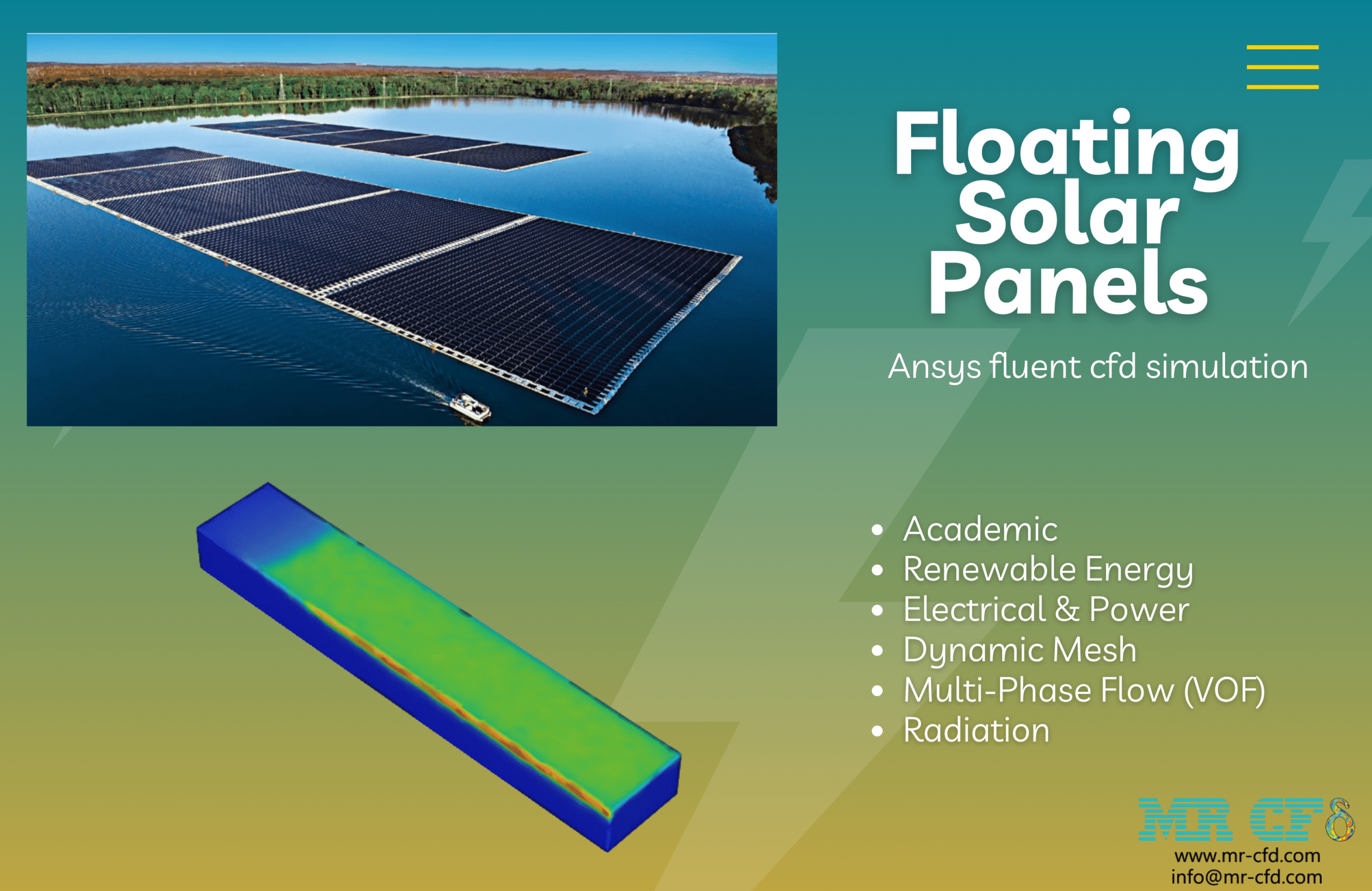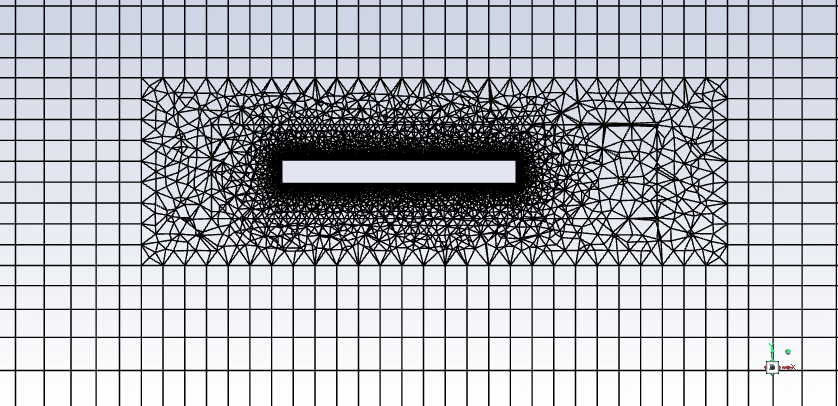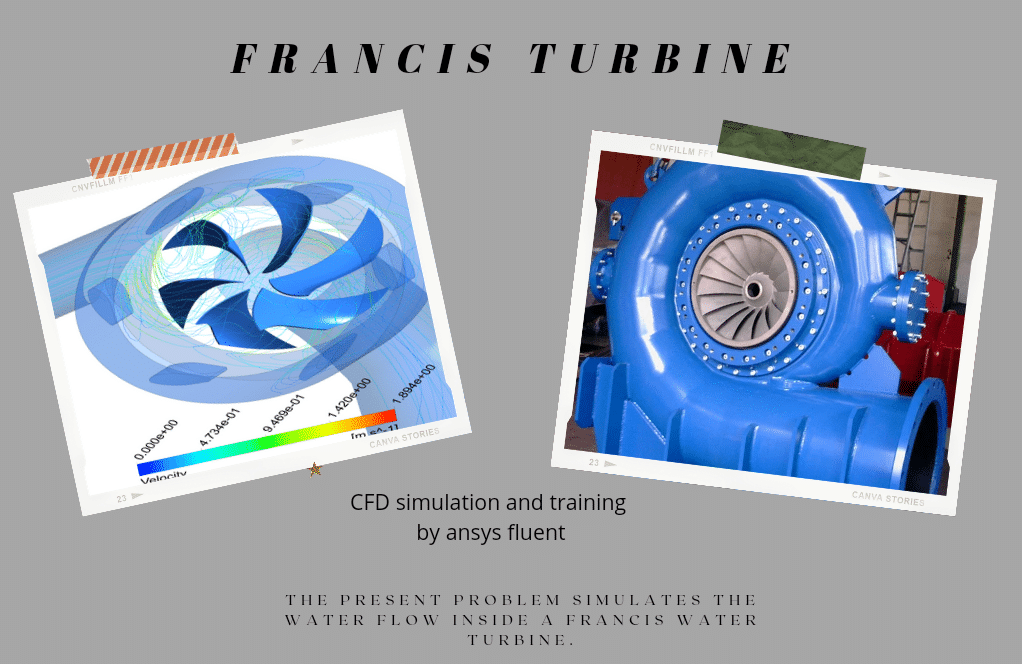Floating Solar Panel CFD Simulation, ANSYS Fluent Tutorial
$200.00 $100.00 Student Discount
- we are simulating the solar panel that is floated on the water surface,The simulation is 3D and the solar panels and performed by ANSYS Fluent.
- The geometry is designed using Spaceclaim software. Then, it is meshed in ANSYS Meshing. In total 479895 cells are generated.
- phases are modeled by Volume of Fluid multiphase model.
- The dynamic mesh can reproduce elements by remeshing and smoothing types. Also, the radiation is activated.
To Order Your Project or benefit from a CFD consultation, contact our experts via email (info@mr-cfd.com), online support tab, or WhatsApp at +44 7443 197273.
There are some Free Products to check our service quality.
If you want the training video in another language instead of English, ask it via info@mr-cfd.com after you buy the product.
Description
Project Description
Floating solar panels are innovative photovoltaic systems installed on water bodies, which help maximize land use efficiency while generating renewable energy. They benefit from the cooling effects of water, enhancing their energy production compared to traditional ground-mounted panels. Additionally, these systems can reduce water evaporation and limit algae growth, contributing to environmental sustainability. In this project, we are simulating the solar panel that is floated on the water surface. The simulation is 3D and the solar panels and performed by ANSYS Fluent.
The geometry of the water tank and the floating solar panel is designed using Spaceclaim software. Then, it is meshed in ANSYS Meshing. In total 479895 cells are generated.
Methodology
The working fluids are water liquid and air. These phases are modeled by Volume of Fluid multiphase model. The solar panel motion needs 6 degrees of freedom Dynamic Mesh that let panels float. The dynamic mesh can reproduce elements by remeshing and smoothing types. Also, the radiation is activated and Discrete Ordinates model is used.
Results
Based on the simulation results of the floating solar panel, the contour plots reveal critical insights into the system’s performance.
The first contour plot illustrates the volume fraction, indicating the distribution of phases, likely between air and water. The clear demarcation between the red and blue regions suggests a stable interface, which is essential for maintaining the panel’s buoyancy and operational efficiency. Any disturbance at this interface could affect the stability of the solar panel, potentially impacting energy generation.
The second and third contour plots provide information on the incident radiation and temperature distribution across the solar panel. The incident radiation contour shows a relatively uniform distribution, with slight variations suggesting areas where the panel might receive more or less sunlight. This uniformity is crucial for consistent energy output. The temperature distribution contour indicates that the panel maintains a stable thermal profile, with no significant hotspots that could lead to efficiency losses or material degradation. These results suggest that the design effectively manages thermal loads, ensuring optimal performance and longevity of the solar panel system. Overall, the simulation confirms the floating solar panel’s capability to operate efficiently in its intended environment.









Reviews
There are no reviews yet.